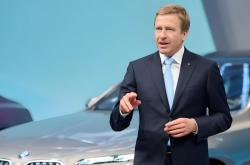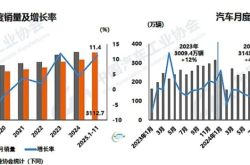Polestar Shuts Down Its Last Directly-Operated Store in China, Fully Embracing Online Sales in a 'Clearance' Mode
![]() 10/17 2025
10/17 2025
![]() 630
630
Polestar has made a complete transition to online sales within the Chinese market.
Recently, Polestar Automobile shuttered its last directly-operated store, situated at L+Plaza in Qiantan, Shanghai. This high-performance electric vehicle brand, hailing from Sweden, has now entirely bid adieu to physical retail outlets in the Chinese market.

In response to the store closure, Polestar China stated that the company is 'strategically revamping its business model in China' to better cater to the diverse and rapidly evolving consumer demands in the Chinese market. Officials underscored that other operations in China remain unscathed, and the rights and interests of vehicle owners will remain unaffected in any manner.
A customer service representative from Polestar Automobile mentioned that the company currently predominantly adopts an online sales model. Consumers can access product information and complete the purchasing process through digital channels such as the official website. Moreover, sales personnel will be recommended to directly reach out to consumers interested in purchasing a vehicle.
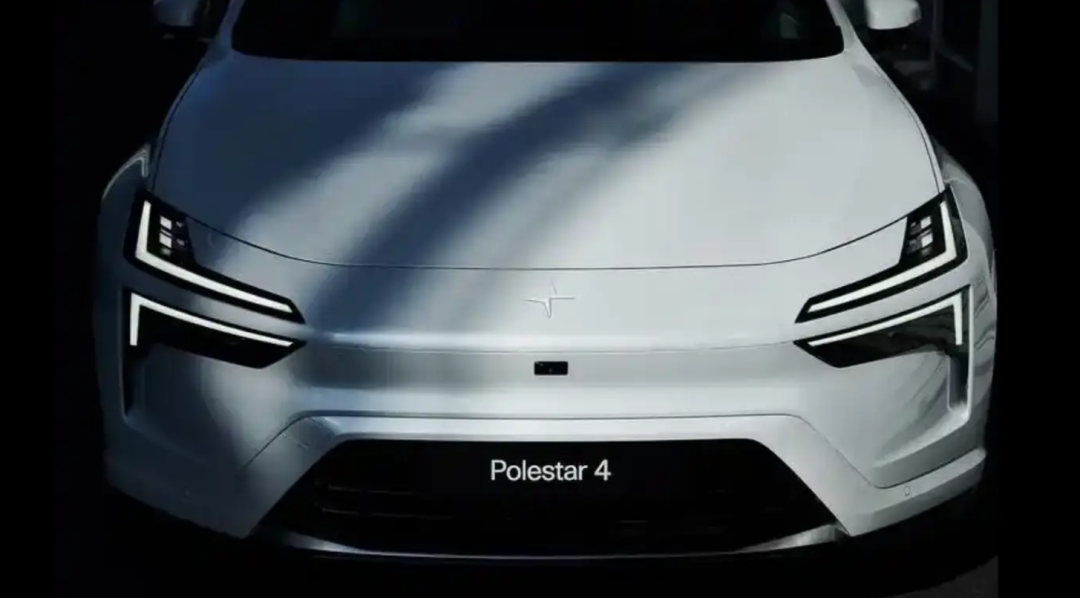
According to 'Qichebatan', Polestar currently has only one model available for sale in China, the Polestar 4. This new vehicle comes in two variants: single-motor and dual-motor. The current vehicle prices are nearly half off the original suggested retail price of over 300,000 yuan. For vehicle maintenance and repairs, consumers can visit locally authorized Volvo dealerships.
Whether Polestar, now in a 'clearance' mode, can regain consumer attention remains to be seen.
Offline Collapse
The Polestar Space, once a beacon on the ground floor of Parkview Green in Beijing, has quietly shut its doors. In October 2019, the world's first Polestar Space opened here, marking the official entry of this high-performance electric brand, co-created by Volvo and Geely, into the Chinese market.
Upon entering the Chinese market, Polestar was hailed as the 'prodigy of the automotive world,' boasting Volvo's technological legacy and brand endorsement, as well as leveraging Geely's industrial chain advantages and manufacturing prowess. However, times have changed, and the number of Polestar stores in China has dwindled from 36 nationwide to the current complete shutdown of directly-operated channels.
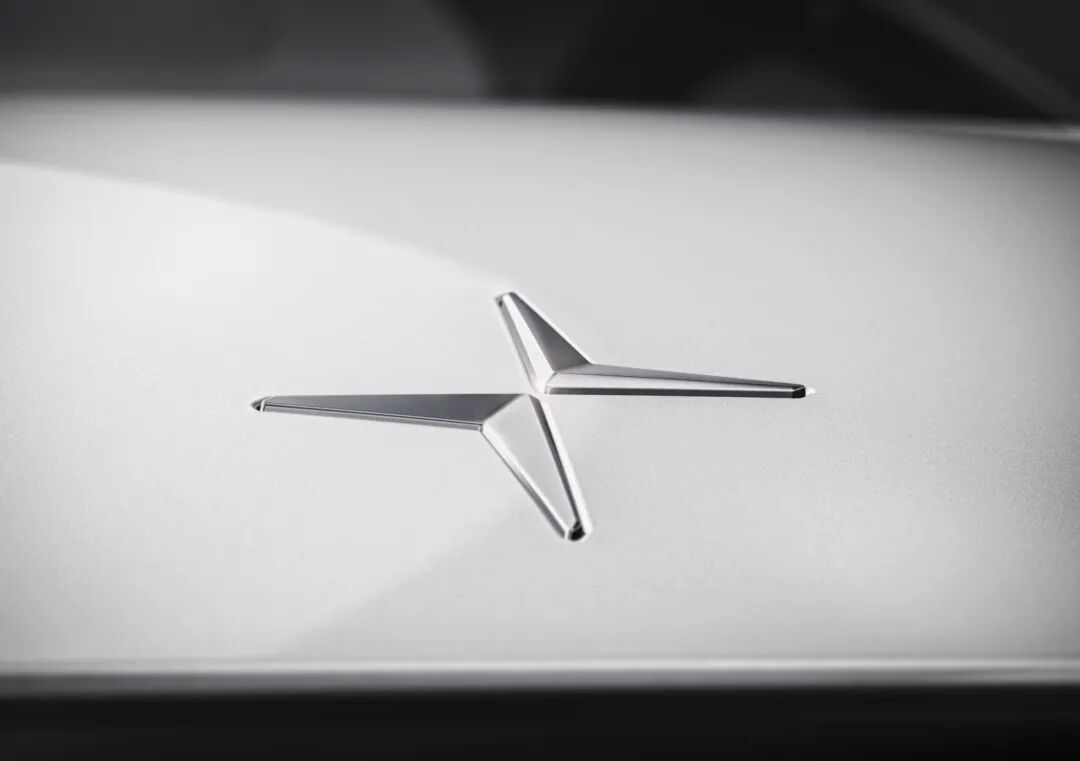
After news of the store closures spread, staff from Polestar's official service hotline stated that the company currently primarily relies on an online sales model. The complete withdrawal from offline channels means that consumers will no longer have the opportunity to directly experience the vehicles.
Polestar's sales performance in the Chinese market has been abysmal. Data reveals that in the first nine months of 2025, Polestar Automobile registered only 79 vehicle sales in China. Among them, 56 units were sold in January, while the remaining months saw single-digit monthly sales. This figure starkly contrasts with the overall prosperity of China's new energy vehicle market.
According to incomplete statistics, over twenty new vehicle models are launched in the Chinese market each month in 2025, and competition has reached a fever pitch. Throughout Polestar's sales history in China, its sales have consistently remained sluggish. From 2021 to 2024, Polestar Automobile registered 2,048, 1,717, 1,100, and 1,726 vehicle sales in the Chinese market, respectively.
Financial Struggles
Behind the poor sales performance lies alarming financial data for Polestar Automobile. In the first half of 2025, Polestar Automobile achieved revenue of $1.423 billion, a year-on-year increase of 56.5%; retail sales grew by 51.1%, with over 30,000 vehicles sold. However, despite the sales growth, losses expanded, with a net loss of $1.193 billion in the first half of the year, an increase of 119.4% compared to $544 million in the same period last year.
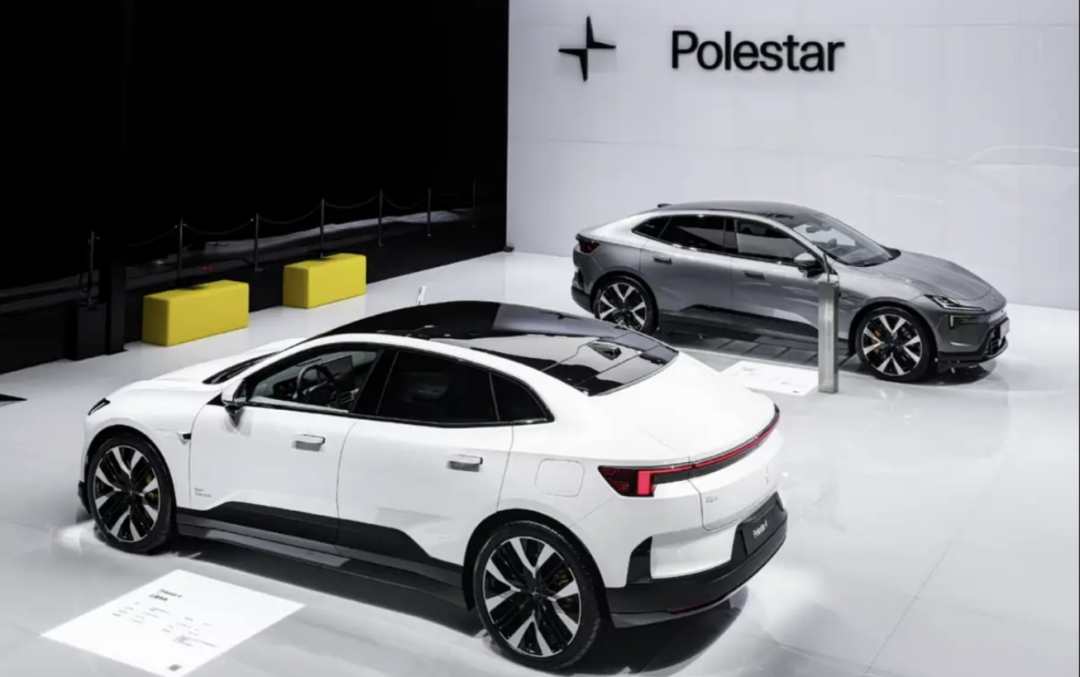
More concerningly, the company's gross profit margin was -49.4%, indicating that for every vehicle sold, the company incurred substantial losses. Media reports have calculated that despite the high pricing of Polestar models, the company loses 270,000 yuan for every vehicle sold in the Chinese market.
As of the end of the first half of 2025, Polestar Automobile's total assets amounted to $3.643 billion, while total liabilities reached $7.909 billion, resulting in an asset-liability ratio as high as 217%, indicating a severe state of insolvency.
Polestar's Woes
Polestar's setback in the Chinese market can be attributed to multiple factors.
A vague brand positioning is a major flaw for Polestar. With price ranges varying greatly, from 1.45 million yuan for the Polestar 1, to 299,800 yuan for the Polestar 2, and nearly 800,000 yuan for the Polestar 3, consumers find it challenging to establish a clear brand perception.
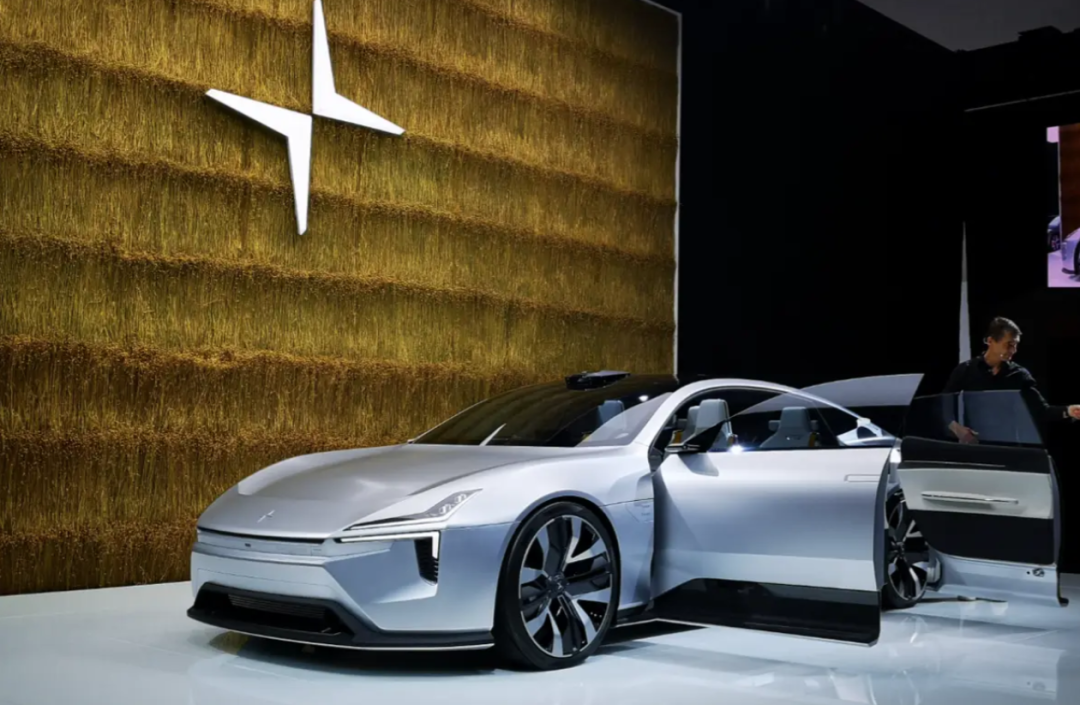
An automotive industry analyst commented, 'NIO has consistently stayed within the 300,000 to 500,000 yuan price range, while Leapmotor focuses on affordable models with intelligent technology. Polestar, on the other hand, keeps vacillating and doesn't seem to know who its target customers are.'
An imbalanced management structure has also hindered Polestar's responsiveness in the Chinese market. Polestar China has seen seven CEO changes within eight years, with decision-making power highly concentrated at the Swedish headquarters. 'The Chinese team doesn't have much say. Meetings have to wait for the Swedish side to start work, with a time difference of six to seven hours,' revealed a person close to Polestar.
Polestar models have distinct advantages and disadvantages. On one hand, the models excel in handling and chassis tuning; on the other hand, in terms of intelligence, Polestar's infotainment system experiences lag, and its advanced driver-assistance systems lag significantly behind domestic premium brands. Ultimately, the high prices and niche brand positioning have deterred many fans.
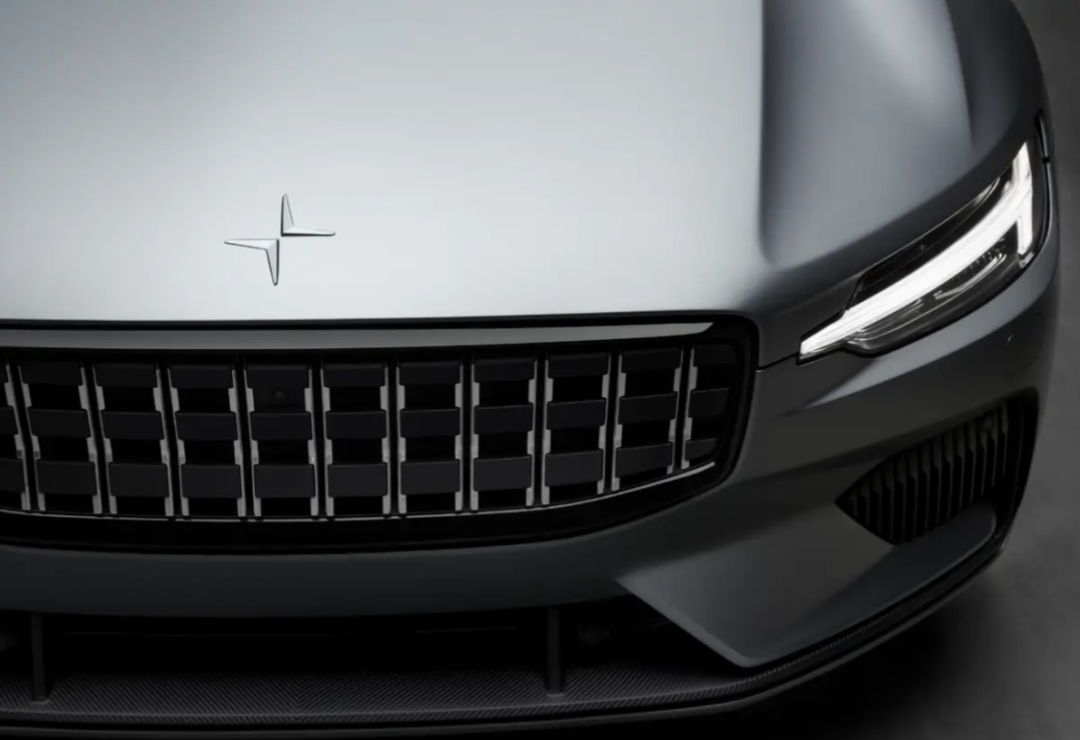
The capital market has also lost confidence in Polestar. Polestar went public on NASDAQ in 2022, with its market value once soaring to $28 billion. However, two years later, it has plummeted by over 90%, with its stock price hovering near the $1 delisting threshold for an extended period. To address its difficulties, Polestar has taken several measures, including layoffs, scaling back its Chinese operations, and seeking financing.
In June 2025, Li Shufu, Chairman of Geely Holding Group, injected $200 million through PSD Investment to 'keep the company afloat.' However, Polestar's recovery and 'self-sufficiency' remain elusive.
How to Adjust?
After closing its offline stores and fully shifting to online sales, Polestar's future in the Chinese market is filled with uncertainty.
Polestar has shifted its strategic focus to the more profitable European market. Earlier this year, the new CEO stated that Polestar would need more time to become profitable and postponed plans to expand into more countries.
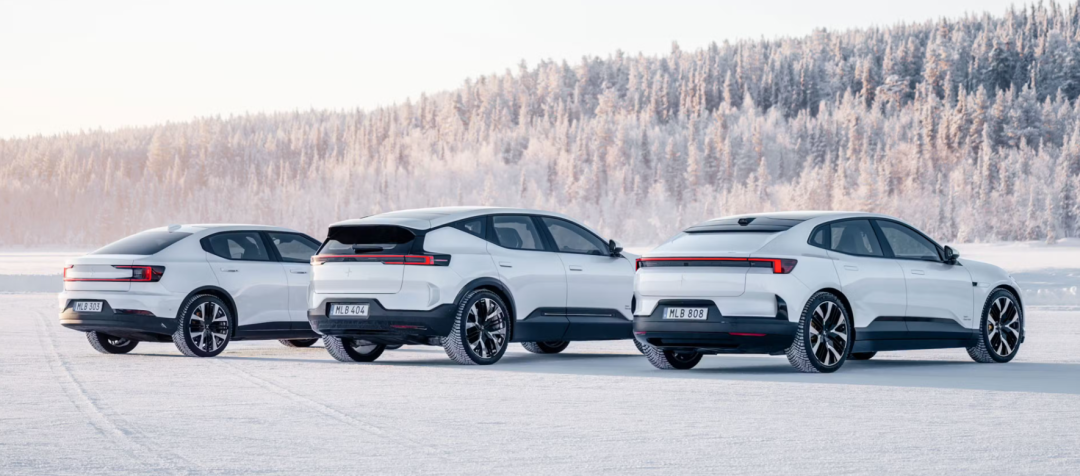
In the Chinese market, where channels have significantly contracted, whether Polestar can sustain its operations through a purely online model remains uncertain. However, Polestar officials have denied rumors of 'exiting the Chinese market,' stating that 'business is operating normally.' Some personnel associated with Polestar have indicated that the current 'clearance' and contraction do not signal a withdrawal from the Chinese market. The company remains committed to its development in China and plans to introduce new models for sale in the future.
Polestar's experience serves as a vivid illustration of the fierce competition in the new energy vehicle industry. Relying solely on price reductions and 'cost-cutting' measures cannot extricate the company from its crisis. As the elimination race in the electric vehicle industry intensifies, whether this former 'prodigy of the automotive world' can turn around through its online model and overseas markets remains a huge question mark.




